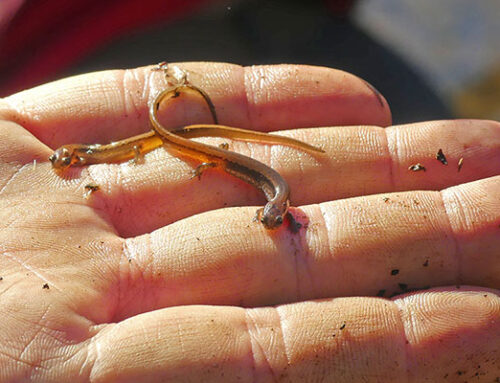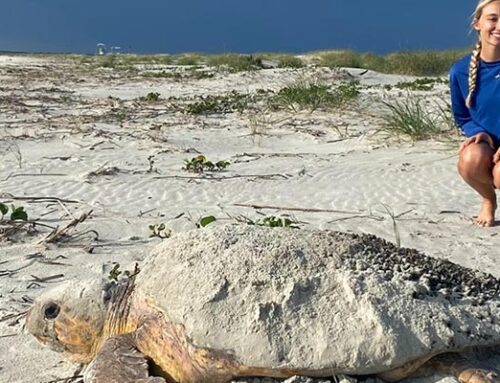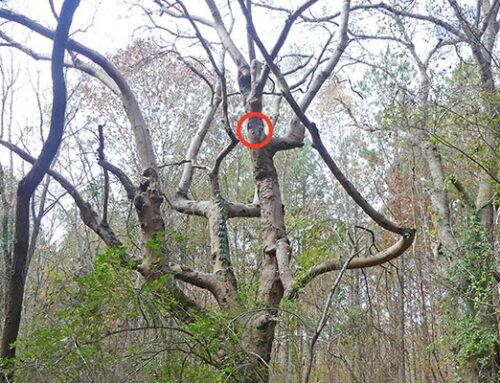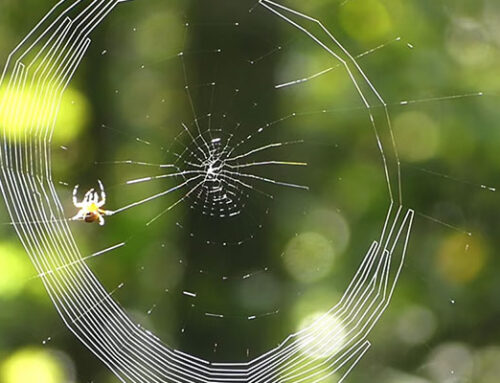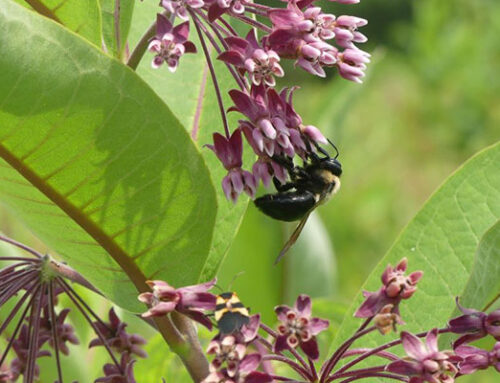Carolina On My Mind – Sandhills National Wildlife Refuge
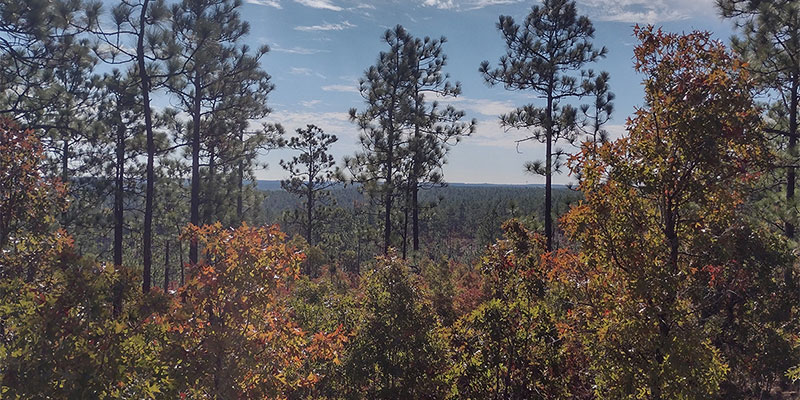
In early November, the Carolina Wildlands Foundation team had an opportunity to tour the Carolina Sandhills National Wildlife Refuge with its manager, Allyne Askins. 45,000 plus acres of rolling hills of deep, sandy soils provide the geology for one of the last vestiges of a longleaf pine ecosystem that once covered much of the southeast.
The refuge is in Chesterfield County, South Carolina, less than 9 miles due south from the Carolina Wildlands Foundation (CWF) field station at Southern 8ths. In contrast to CWF, the refuge is in the sandhill region of South Carolina rather than the Piedmont. Although the two locations seem similar on a map, the habitats are vastly different. The Sandhills is home to Longleaf Pine and Turkey Oak that thrive in the sandy soil. While the clay soil of the Carolina Wildlands Foundation is home to shortleaf pines, hickory and many species of oaks.
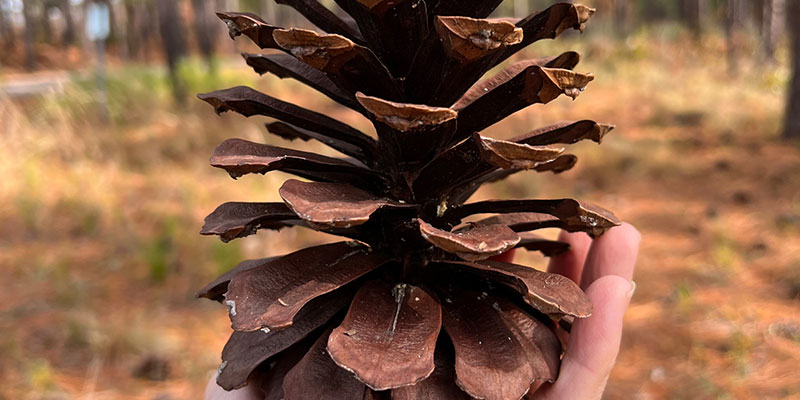
The cones of longleaf pine are the largest of the southern pines, ranging from 5 - 12” long.
The difference in habitat may not seem too drastic to a human; however, many plant species are endemic to specific areas and will only grow in certain soil types. In turn, some insect species only feed on specific plants, some bird species only feed on specific insects, and the domino effect continues all the way up to us.
For example, the Sandhills Refuge forest supports a recovering population of the rare Red-cockaded woodpecker that need mature pine forests to thrive, but extensive logging has limited the number of mature pines that reach the required age to support the woodpecker. Red-cockaded Woodpeckers are a “keystone” species that other wildlife depends upon. The birds excavate their own nest cavities, which later provide nesting habitat for other cavity-users including Red-headed Woodpecker and Eastern Bluebird, and mammals such as southern flying squirrel.
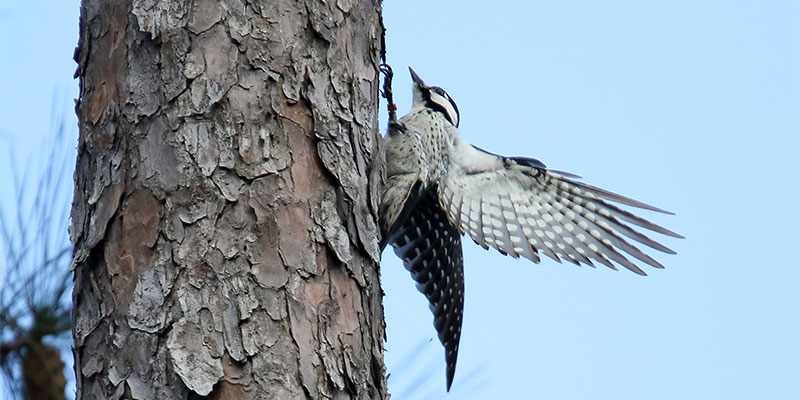
Endangered Red-cockaded woodpecker (Picoides borealis) Photo: Dominic Sherony -Wiki Commons
We can only enjoy what our region can support, and it is comforting to know two different habitats are being preserved for wildlife and future generations. While our habitats vary, our passion for conservation is shared, and our team was thrilled to get a tour of the beautiful refuge.
To learn more about the Sandhills National Wildlife Refuge or plan a visit yourself, go to https://www.fws.gov/refuge/carolina-sandhills.


